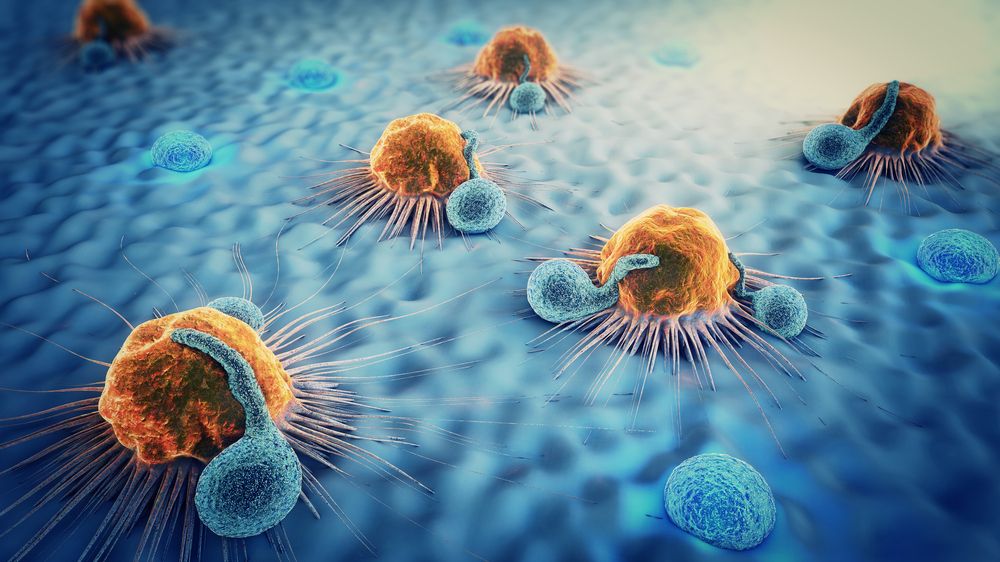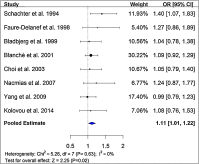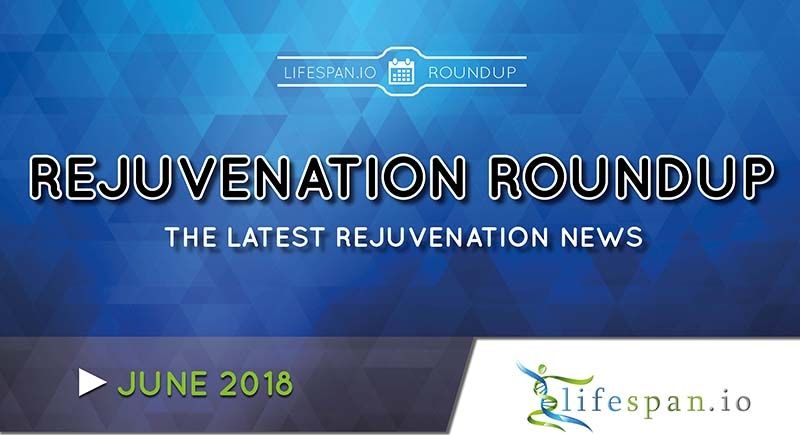You’re probably familiar with the feeling of slight disappointment that you may have when a good thing—say, a nice trip—is over. Just as you say that it’s too bad that the experience is already finished, someone will probably say that you had a good time nonetheless; an innocent, fitting expression to cheer you up a little bit. This phrase can be harmlessly used in a variety of circumstances, but there’s one in which it really doesn’t fit at all, yet people keep using it: when somebody dies of aging.
Not quite the same thing
In the summer of 2011, my 99-year-old grandmother was dying. She was relatively fine one day, and then on the next day, for no apparent reason, she was in bed, barely conscious. Throughout the subsequent month, she never got out of bed; all her physical necessities were being taken care of by my aunt, who was assisting her day and night. She was drip-fed for the entire month until her death. The doctors couldn’t really do anything for her, and my aunt, stressed to her limit, was torn between the sight of the non-life her mother was going through and the thought that suspending the drip feed would possibly have been the more humane choice. The drip was never suspended, and eventually, my grandmother died.










